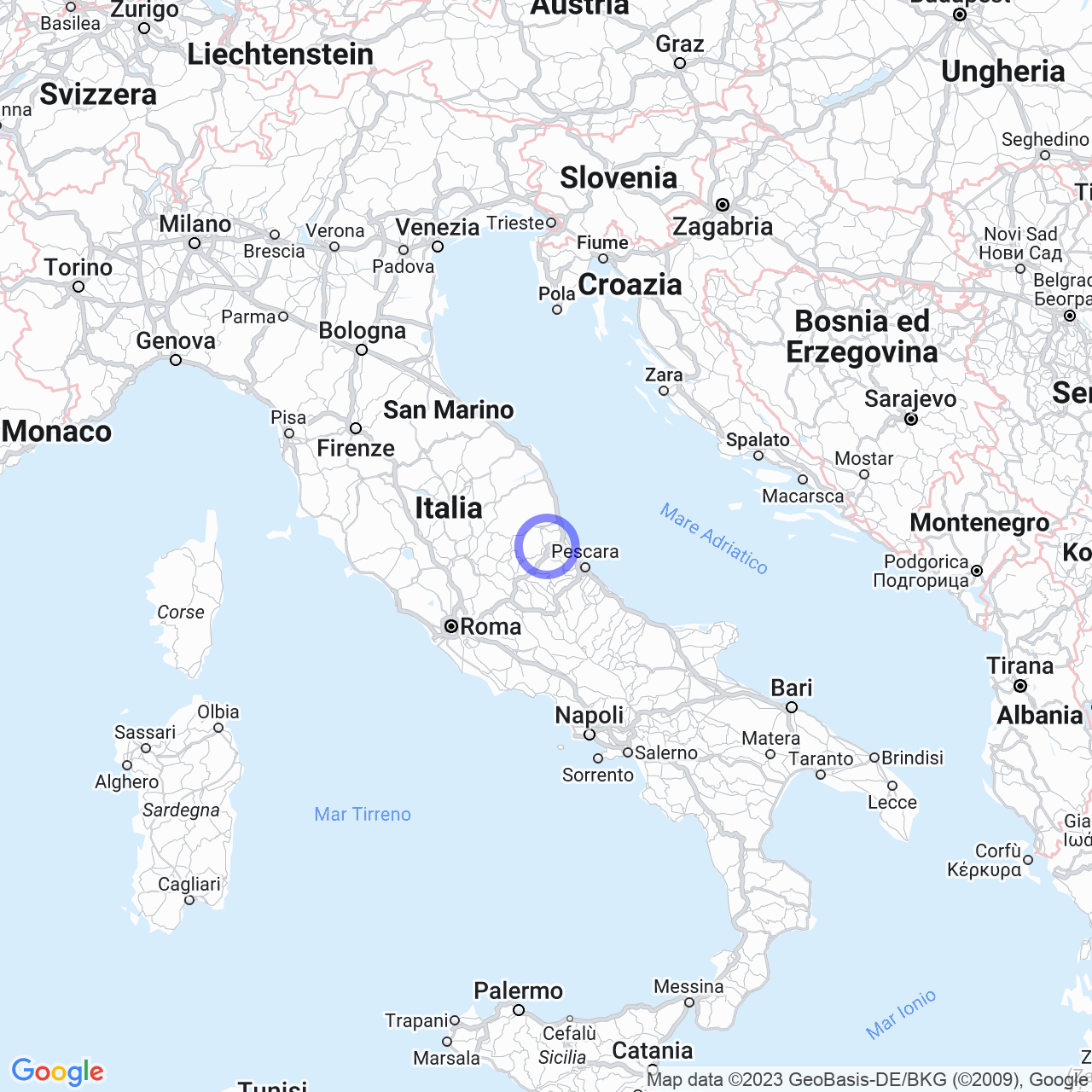Nepezzano
Nepezzano: a millenary history
Nepezzano is a hamlet of the municipality of Teramo, located about 6 km from the capital. The locality has a millenary history that dates back to the twelfth century, when it was first mentioned in ancient documents. In the Review of Feudatories existing in the Contea Aprutina, it is read that Maccabeo Melatino with his relatives declared to own Monticelli (Teramo), Campora and Nepezzano. According to the historian Niccola Palma, the castle of the feudal lord should have stood on the hill called Colle Marino, where there were still ruins in his time. The Palma also writes that the "twentieth stone" was found with the inscription: ''Iter. Privat fundi Nepotiani''. The Nepotiano mentioned in the stone was perhaps one of those Roman colonists who had the assignment of a share in the Agro Pretuziano or in the territory of Petrut (the ancient name of Teramo).
From an ecclesiastical point of view, the castle of the village in 1188, by virtue of a Bull of Clement III, was subjected to San Nicolò a Tordino, together with its church of San Martino and all its territory, remaining there until the abolition of the "Nullius" of San Nicolò a Tordino. In 1351 Nepezzano was united to the Municipality of Teramo and still belongs to it today. At the end of the sixteenth century, several colonies of Slavs landed in the Teramo area, coming from Dalmatia. They settled in Cologna (now a hamlet of the municipality of Roseto degli Abruzzi) living in straw or pinciaia (or ''pingiare'', i.e. houses made of raw earth) and others near Nepezzano in a farmhouse that stood where the hamlet called Villa Schiavoni is located today.
The church of San Lorenzo
The church of San Lorenzo dates back to the thirteenth century and has retained a medieval Gothic appearance. It has river pebble masonry, visible in the base part of the facade. The gable facade has a rose window and a pointed arch portal, which has a lunette frescoed in the twentieth century, with the Madonna with Child. There are three Gothic monoforas on each side of the plant. The bell tower was built in 1931, a tower with a conical pinnacle. The church was restored in 1931 by the parish priest Domenico Pirocchi, who also erected the bell tower in place of a small bell tower. The access road to the church was built in 1927.

The presence of the Slavs
A group of Slavs also went to live inside Teramo, where they constituted a completely secluded colony. The community erected its own chapel in the Cathedral of Teramo, dedicated to Saint Nicholas of Myra, with a Confraternity dedicated to people from their own people.
Historical events
On June 23, 1809, the two villages of Ripattoni and Nepezzano were occupied by brigands and suffered greatly. The Di Domenicantonio family has had vast possessions in Nepezzano, Villa Schiavoni, and in the locality of Coste Sant'Agostino near Teramo for centuries.
Conclusions
Nepezzano is a hamlet with a millenary history and a medieval Gothic church that still preserves its original beauty today. The presence of the Slavs has left a trace of their culture that can still be seen in the Confraternity dedicated to their people now present in the city of Teramo. The area has also undergone some historical events such as the occupation of the brigands, which have left their mark. The Di Domenicantonio family has had a strong presence in the area for centuries. Nepezzano is a fascinating locality worth visiting and discovering its millenary history.
